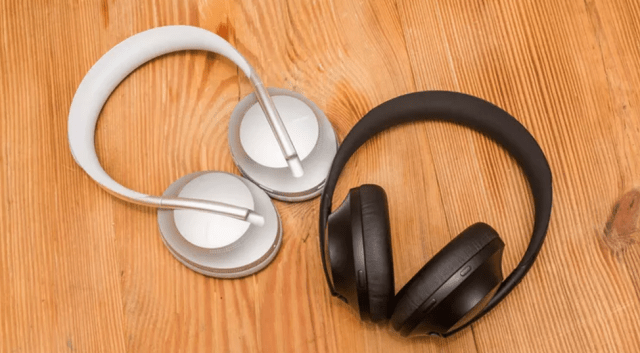For many, their first interaction with a headphone is that which comes with their purchase of a mobile phone. You would have heard people call it headphones, earphones, headset, earpiece, stereo phone, even receiver.
For many, the headphone exists to enable them to receive calls; for some others, it is an audio gear as good as the speakers that come with their audio players; for some others, engaging with the wireless brands enable them to make calls without the need to have their handsets in their hands. Yet, for so many others, they come into use as a solution to loud sounds; in this case, they are either protecting their ears or creating a quiet environment in the midst of unwanted sounds.
For most low-quality earpieces, you would have noticed that your music listening experience with them could at best be described as awful. For much of your experience, especially for the tiny in-ear types, you would have noticed that low-frequency music instruments and voices are almost non-existent. If you are a lover of music, this surely won’t be the sort of musical experience you crave. On the other hand, if your intention for using such headphones was to create for yourself a quiet atmosphere amidst the noise, you may find that placing two cups –one cup on each ear- would do the job better for you.
Is Your Headphone Smart?

Those who make those headphones are not unaware of the challenges of such; but at the price those ones go for, you won’t get something better. Manufacturers of headphones have long sought to give you the best experience you can get using headphones; whether it is for the purpose of making calls, listening to music, or creating a quiet atmosphere amidst unwanted sound. In fact, quite a number of today’s headphones are in every literal sense of mini-robots.
You can talk to them; they can talk back to you. You can ask them questions, and they give you relevant responses. You can request from them the nearest restaurant around your present location, and they will tell you, and even give you directions if need be. You can seek their opinion in locating a lost item at home. You can even tell them to remind you of appointments, and they will do just that. All these are possible with the aid of Google Assistant or/and Amazon Alexa as shown here. So, if you call today’s headphones’ brain phones, you just may not be wrong.
Headphones today give you a better experience in virtually everything; technology has made that possible. Your ability to recreate a quiet environment in the midst of noise is at an all-time high. Your ability to listen to your music, or make your calls, without unnecessary environmental noise intrusion, has tremendously peaked.
There might be concerns about safety, considering that one downside to technological innovation has been side effects. There might be fears that it could lead to brain tumors, just as mobile phones have been said to do. The design that ultimately attenuates ambient sound does not leave chances for side effects that are detrimental to health. In fact, it can rightly be said that it boosts health. Noise has been known to cause insomnia, high blood pressure, stress, headaches, hearing loss, amongst others. So, any device that reduces it is actually pro-health.
Achieving Effective Noise Cancellation in Headphones

It is no longer just about having an air-tight wrap over your ears. Today, many headphones are fitted with electronic circuitry that actively eliminates noise. A microphone is attached to the externals of your set. This microphone picks the surrounding noise around you; not all the sound, but the low-frequency buzz, hums, and rumbles.
When it picks up this noise, with the aid of the electronic circuitry, it creates a sound wave identical to the one it picked up, flips the newly created wave in such a way as to contrast with the original sound wave is picked up from the environment. In technical language, it is called making it out of phase. It then goes ahead to merge the original wave with the one it created. The result is like coupling two jigsaws, with the teeth of one sinking into the crests of the other; both jigsaws lose their cutting edge.
In the case of the sound waves, they lose their ‘soundness’, leaving you with silence. This silence makes it possible for you to listen to your music at a reasonable volume, make your calls without screaming into your phones, or just observe some quiet to aid for better sleep –without the intrusion of ambient noise.
Active Noise-Cancelling Headphones

These kinds of headphones are usually called noise-canceling headphones. The ones that come with a microphone and a sound phasing electronic circuitry is said to have an active noise-canceling mechanism. The electronic circuitry focuses on low-frequency noise.
To get it to focus on both low frequency and high-frequency noise will quite complicate the design of such circuitry and gadget. Thus manufacturers, depending on the physical design of the headphone that wraps snugly over the ear, to prevent the filtering in of high-frequency noise. This is called soundproofing. One further benefit of not using active noise controls to eliminate high-frequency noise is that it makes it possible for a user to hear announcements; for instance, announcements from the cabin while traveling in an airplane.
Since the creation, in the 1950s, of the first system of active noise canceling by Dr. Lawrence Jerome Fogel for use in cockpits by pilots, we have seen a lot of improvements and design. These improvements and designs mean that these cost more than your usual models. You should therefore not expect such headphones to come free with your mobile phones.

































